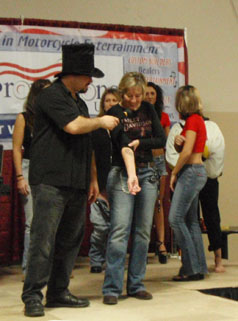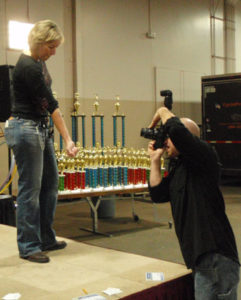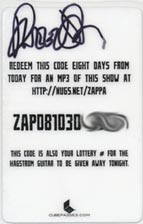Even though I’m so immersed into the online world I still subscribe to a pulp-based newspaper. Yeah, yeah, I can hear you snickering right through the wire. I scroll, er, page through it every once in a while but mostly Pam reads it in the morning on the weekend. So we keep a Friday-Saturday-Sunday subscription to the Home News Tribune.

I live in the town I lived in as a boy and this paper has served the area as far back as I can remember. Like almost every other paper, it’s changed hands and merged more times than I can count – I remember it as the Daily Home News. A fun elementary school trip was a tour of their building on How Lane (image) where it the paper was written, printed and distributed. As a kid I sometimes delivered the paper, by bicycle, to the neighborhood, subbing for friends when they were sick or vacationing. (But I never had a route of my own – that coveted job was only for the ambitious and motivated – not me, back then!)
Back in the day, the flow of subscription money was much different than today. The carrier (delivery person) would buy the papers needed to service the route at discount and collect weekly from subscribers, pocketing the difference. Tips, of course, could be a good part of your earnings. As a mini-business you learned about profit and loss, commitment, relationship-building and all that other good stuff.
Today there’s no neighborhood kid or bicycle, just a guy (I think it’s a guy) speeding around in a beat-up car before dawn. I haven’t got the foggiest idea how they’re paid but I get a bill from a faceless entity somewhere across the state (ed. 19-Dec-2009: now it’s Louisville, KY) once a year. On the payment form is a space for a ‘carrier gratuity’. Service has been good over the years – the paper’s always there when I expect it – and so I tend to tip pretty well. Looking back over my records I see it varying between 50% and 100% of the subscription price. The billing office, I’m thinking, distributes the gratuities to the carriers. Subscription renewals come up all the time so there’s probably a steady stream of gratuities. There should be, anyway.
There was an eighth-sheet-sized, ink jet printed request tucked into one of this weekend’s papers – a tip request! It got me to thinking.
Last year there was another request just like this. A couple of weeks later there was communication from the publisher telling of a scam that had been taking place on their routes. The scam worked like this. The fraudster would put notes in the delivered papers – they’re delivered very early in the morning. Then, they’d come by before delivery collecting any envelopes left by subscribers. What a racket, eh? I suppose this would work for any early-morning service: deliveries, trash or recycling collection – heck, everybody seems to expect tips these days.
What do you think? Do you tip off-hours service people this way? Did you ever think that maybe your gratuity isn’t actually going where you think? How many actually get up nice and early to handle it personally?










